The 10 Best Wine Investment Strategies for Collectors
Investing in fine wine can be a rewarding way to grow your wealth while enjoying the beauty of a carefully curated collection. By understanding key strategies and market trends, collectors can make informed decisions that increase the potential for significant returns. Whether you are new to wine investment or looking to refine your approach, focusing on the right wines, regions, and storage practices can help maximize your profits. This guide explores effective ways to navigate the wine investment landscape and build a valuable collection over time.
This post may contain affiliate links, which helps keep this content free. Please read our disclosure for more info.
Building a Diversified Wine Portfolio
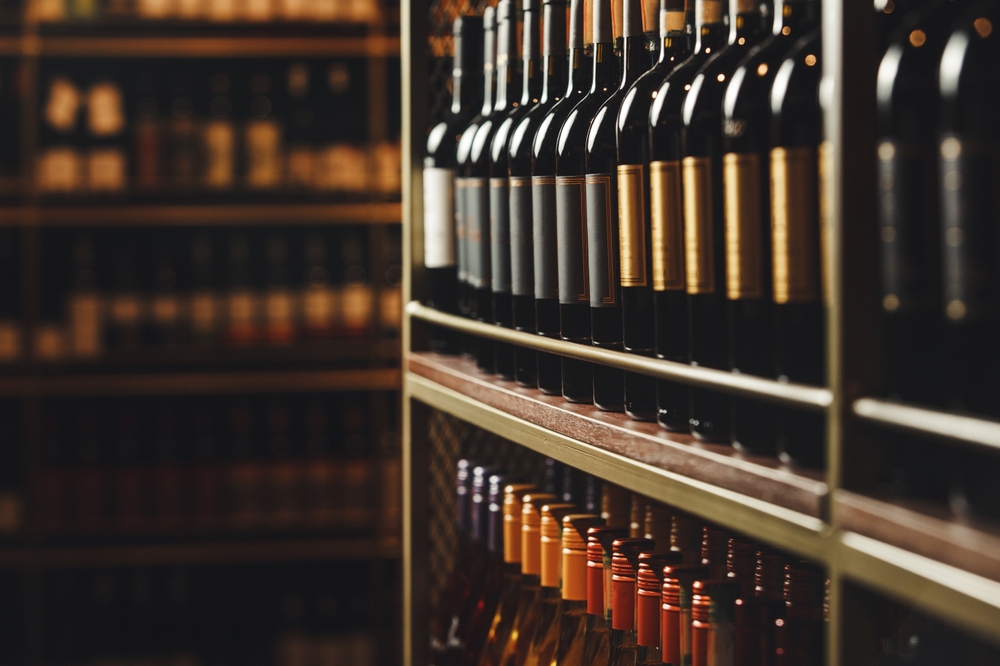
A diversified wine portfolio helps investors spread risk and increase the potential for returns. By including a variety of wine regions, grape varieties, and vintages in a collection, collectors can cushion against market fluctuations. If one wine underperforms, others may perform better, balancing the overall portfolio. For instance, a mix of Bordeaux, Napa Valley, and lesser-known wine regions provides multiple growth opportunities. Diversification ensures that even if one wine style or region is temporarily out of favor, others will likely continue to appreciate. This approach mitigates the risk of investing too heavily in a single type of wine, which can be volatile.
Moreover, a diversified collection provides flexibility in both buying and selling. A variety of wine types from different regions attracts different buyers and offers more opportunities to sell at higher prices. This gives collectors the advantage of greater market access, whether it is to the classic Bordeaux market or emerging markets for new, highly rated wines. By focusing on variety, collectors can build a resilient, well-rounded portfolio with better potential for long-term growth.
Focusing on Established Wine Regions
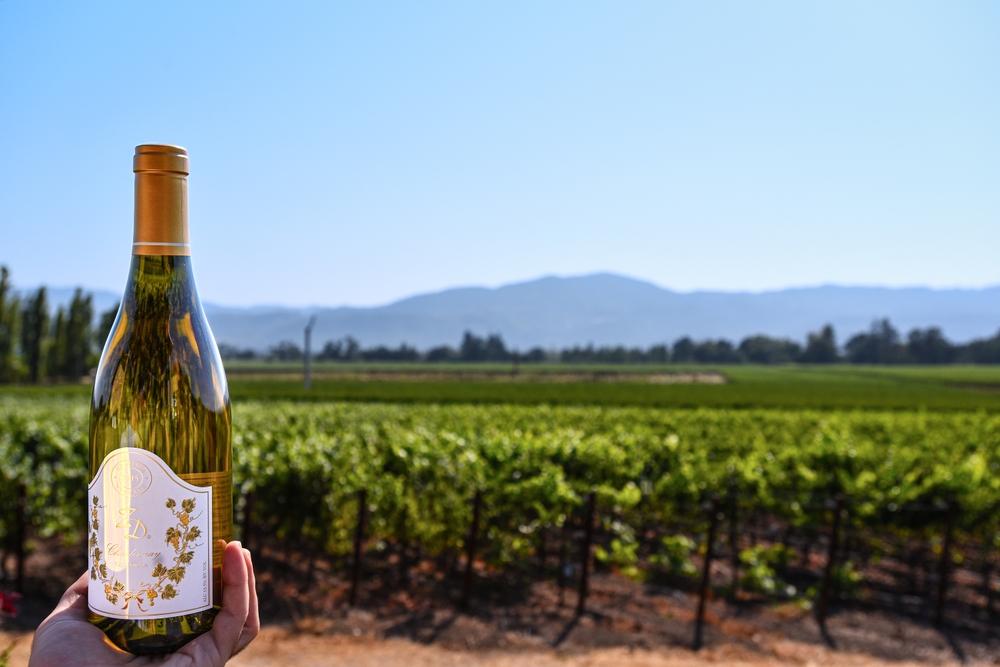
Established wine regions, such as Bordeaux, Burgundy, and Napa Valley, offer stability and a strong market for collectors. These regions have earned their reputation over decades, producing wines that are in demand worldwide. By investing in wines from these well-known areas, collectors can minimize the risk of market unpredictability. Bordeaux, for example, has a long history of wine appreciation, and its wines continue to see demand in both primary and secondary markets. Investing in these trusted regions provides a solid foundation for a wine collection, as the global recognition of these wines supports consistent market interest.
Additionally, established regions tend to have more robust infrastructure for buying, selling, and storing wines. The market for wines from these regions is well-defined, making it easier to track price trends and predict future growth. As these regions are continuously in demand, they offer stability and liquidity, meaning wines from these areas are likely to resell at favorable prices over time. Investing in wines from recognized regions ensures that collectors are making safe, sound investments in a wine market that is less subject to sudden changes or shifts in popularity.
Investing in Wines from Top-Rated Vintages
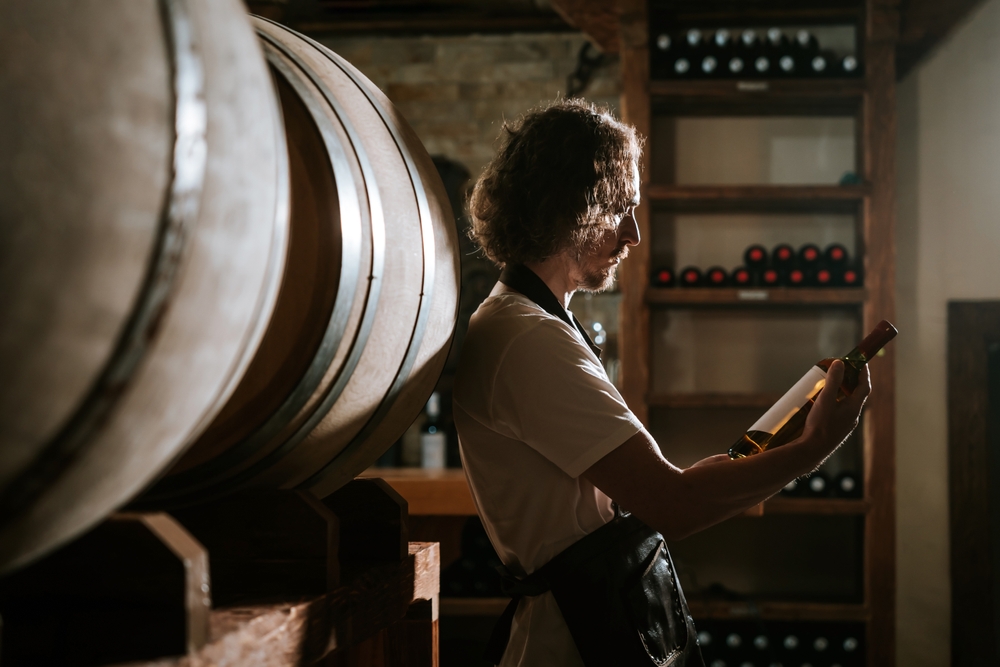
Top-rated vintages are often the most desirable and valuable wines in any collector’s portfolio. These wines are typically the product of ideal weather conditions, exceptional winemaking techniques, and favorable market conditions. Critics and wine connoisseurs consistently rate these vintages highly, which drives demand. By investing in top-rated vintages, collectors align themselves with wines that have a proven history of appreciation. Over time, the demand for these wines increases as they age and become harder to find, leading to potential price hikes. Collectors who focus on top-rated years maximize their chances of securing wines that will perform well in both the short and long term.
Moreover, wines from top-rated vintages often carry higher prestige, making them easier to resell at premium prices. These wines are consistently sought after at auctions, making them a stable choice for investors. As the years pass, their reputation and scarcity continue to drive demand. With top-rated vintages, collectors are more likely to see substantial returns as these wines increase in value with age.
Buying Wine in Bulk
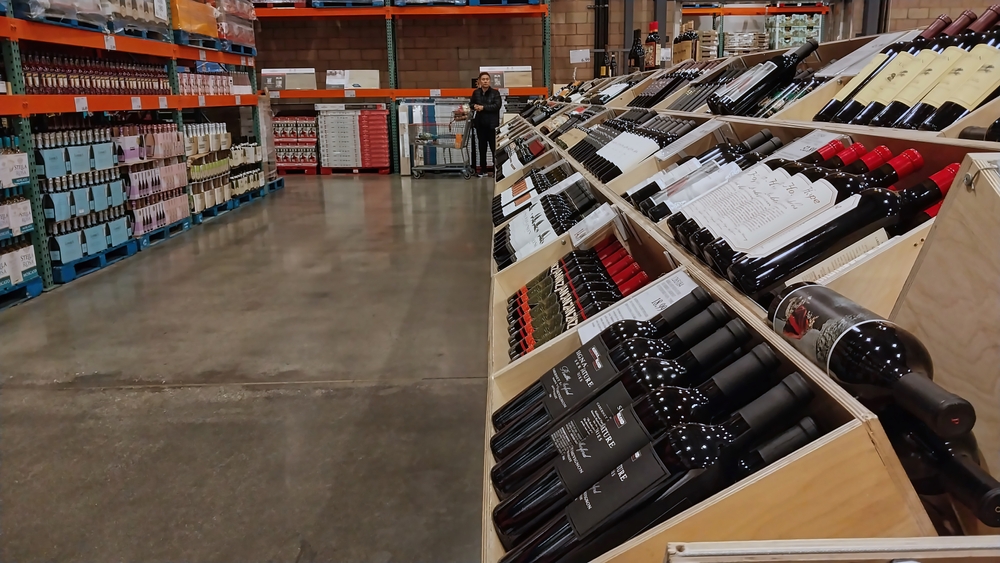
Buying wine in bulk, such as by the case, can provide significant cost savings and opportunities for greater profit margins. By purchasing larger quantities, collectors can often secure wines at a lower price per bottle, which can make a substantial difference when prices increase over time. Bulk buying also offers the flexibility to diversify a collection with different wines, vintages, and regions within a single purchase. This strategy is particularly beneficial for collectors looking to build a larger portfolio without overpaying for individual bottles. Bulk purchasing gives collectors access to wines that may be harder to acquire in smaller quantities or through traditional retail channels.
Additionally, bulk purchasing allows for more flexibility when it comes to selling. By owning multiple bottles of the same wine, investors can choose to sell individual bottles over time, maximizing their profits as wine prices rise. Selling off select bottles when the market is strong can help maintain a steady cash flow, all while keeping the majority of the collection intact. This strategy is ideal for collectors looking to steadily grow their portfolio while making the most of each investment.
Investing in Limited-Edition and Rare Wines

Limited-edition and rare wines often provide some of the highest returns on investment due to their scarcity and exclusivity. These wines are produced in small quantities, making them highly desirable to collectors. As demand exceeds supply, the prices for these wines tend to increase over time, particularly as they become harder to find. Rare wines, such as those from special releases or single-vineyard bottlings, can appreciate quickly, especially if they are from renowned producers. The unique nature of these wines makes them highly sought after by both collectors and investors, driving up their value in the marketplace.
Furthermore, limited-edition wines often have the added advantage of being tied to special events, anniversaries, or unique winemaking techniques, which adds to their appeal. These wines may not only increase in value due to rarity but also because of their cultural or historical significance. By investing in limited-edition and rare wines, collectors can create a portfolio that stands out, offering the potential for substantial gains as these wines age and become even more exclusive. Investing in such wines requires a keen eye for value, but the rewards can be well worth the effort.
Staying Informed About Wine Trends

Being knowledgeable about emerging trends in the wine industry can help collectors make timely investments. As new regions gain popularity or specific wine styles become fashionable, early investors in these trends can see significant returns. For example, in recent years, wines from countries like Chile, Argentina, and Australia have gained recognition for their quality and investment potential. By keeping an eye on market shifts and emerging wine regions, collectors can spot trends before they become widely popular, ensuring they invest early in wines that will rise in value. Staying informed also helps collectors understand which wine styles are performing well in the market, such as organic or biodynamic wines, which have seen a surge in demand.
Additionally, staying informed involves attending wine events, auctions, and reading wine magazines or publications. These sources often provide valuable insights into which wines and regions are being discussed and invested in. Following wine critics and market analysts can also guide collectors on the next big trend to watch for. By continuously learning and adapting to the changing wine landscape, collectors can fine-tune their portfolios and make informed decisions that maximize their long-term returns.
Investing in Wine Futures
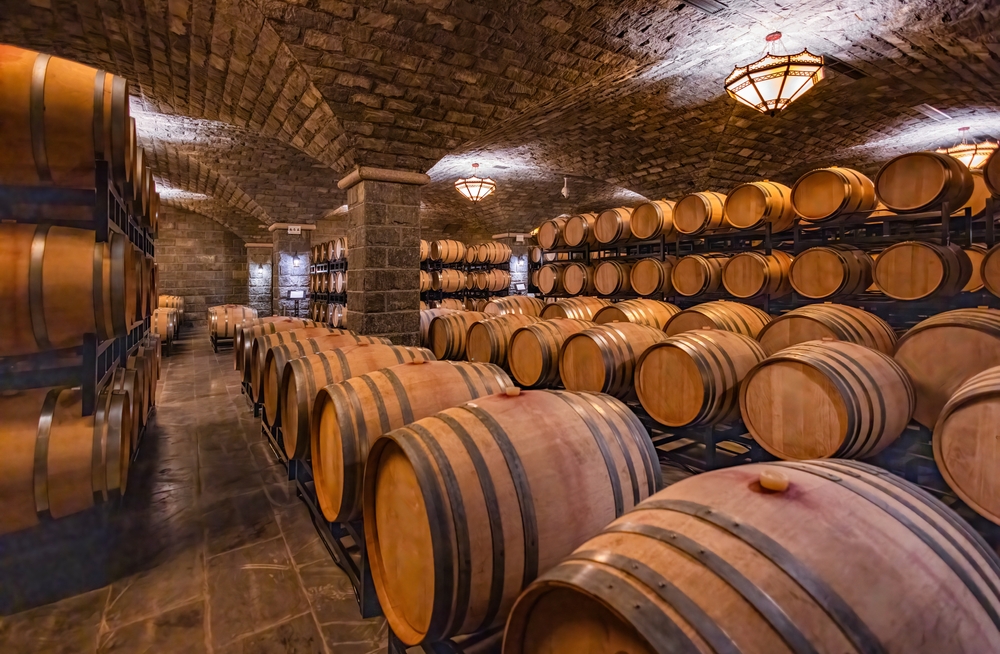
Wine futures allow collectors to buy wine while it is still in the barrel, often before it is officially released. This investment strategy can offer substantial savings, as wines bought as futures are typically priced lower than their final retail value once bottled and released. This approach works particularly well for Bordeaux wines, where futures sales are a standard practice. By purchasing wine futures, collectors lock in wines that are expected to increase in value as they age, providing an opportunity to sell them at a profit once they are released. However, it is essential to understand the risks involved, such as potential market shifts or delays in wine production, which could impact the investment’s return.
The primary benefit of investing in wine futures is securing wines at a lower price point before they hit the market. For seasoned collectors, this can be a highly profitable strategy, especially with well-regarded vintages. The ability to acquire wine before it becomes widely available offers the advantage of purchasing rare bottles at more favorable prices. Wine futures also allow investors to plan and target specific wines that are expected to grow in value once released.
Investing in Wine Storage
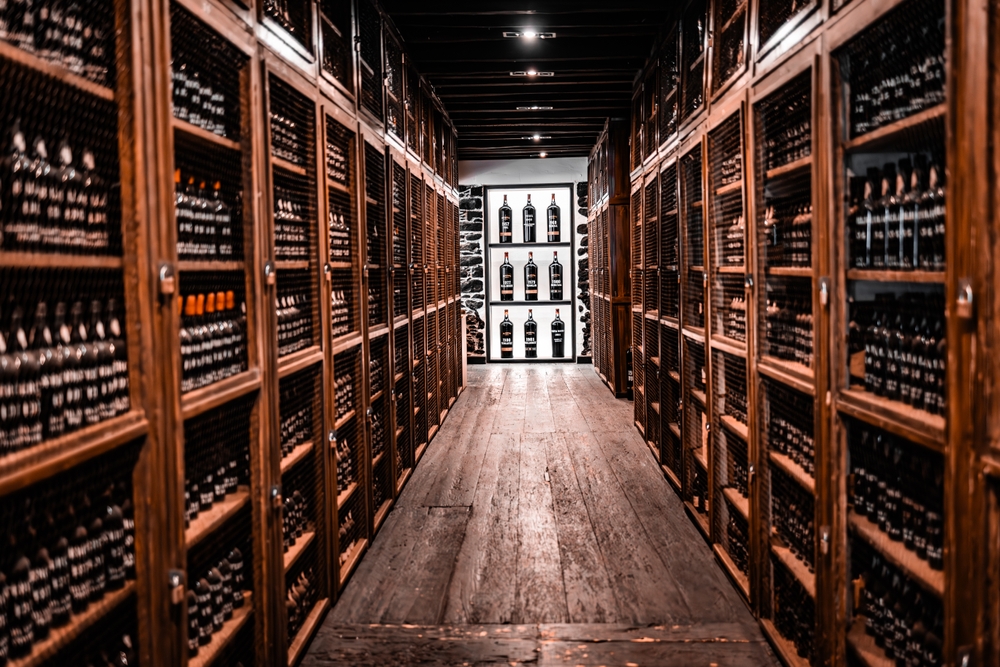
Proper storage is crucial for wine to reach its full potential, both in terms of quality and value. Wines that are stored incorrectly, such as in fluctuating temperatures or exposed to light, can deteriorate quickly, which affects their resale value. Investing in high-quality wine storage, whether through a climate-controlled cellar or a professional storage facility, ensures that the wines in your collection age properly. This is especially important for long-term investments, where the wine’s value is expected to appreciate over the years. A dedicated wine storage solution keeps wines at the optimal temperature and humidity levels, preserving their condition and enhancing their aging potential.
Proper storage not only helps maintain the quality of the wine but also ensures that the investment appreciates over time. When storing rare or valuable wines, it is essential to use facilities that offer climate control, security, and insurance. As the wine market continues to grow, collectors who invest in proper storage solutions can protect their assets while allowing their wines to age gracefully. This step is crucial for collectors looking to hold wines for the long term, ensuring their value remains intact until they are ready to sell.
Understanding the Wine Auction Market

Wine auctions are a key avenue for buying and selling rare wines, with many collectors turning to auction houses to secure hard-to-find bottles. The auction market offers an opportunity to acquire wines that may not be available through traditional retail outlets. Additionally, it provides a platform for collectors to sell wines in a competitive environment, often achieving higher-than-retail prices for limited-edition or highly sought-after bottles. Understanding how wine auctions work, including knowing when to buy and how to bid effectively, can significantly enhance a collector’s ability to profit. Participating in high-profile auctions, such as those held by Sotheby’s or Christie’s, allows collectors to access a global market for rare wines.
Wine auctions can also help collectors gauge the market demand for specific wines and vintages. By attending auctions or tracking results, collectors gain insights into pricing trends, allowing them to make more informed purchasing decisions. Auctions often showcase a range of wines, from affordable bottles to highly expensive ones, making them a great place to spot investment opportunities. Knowing when to buy and when to sell at auction can play a pivotal role in maximizing returns, so understanding the dynamics of the auction market is an essential strategy for any wine investor.
Investing in Wine Index Funds

For collectors who prefer a more passive investment strategy, wine index funds provide an opportunity to invest in a diversified basket of wines without the need to directly manage individual bottles. These funds are designed to track the performance of a selection of fine wines, often using a benchmark of wine prices to gauge the overall market. By investing in a wine index fund, collectors gain exposure to a wide range of wines from various regions, grape varieties, and vintages, minimizing the risk associated with any single wine. This strategy provides a hands-off approach while still offering the potential for returns based on the overall growth of the wine market.
Wine index funds typically appeal to investors who want to invest in wine but do not have the expertise or time to actively manage their collection. By pooling resources with other investors, these funds allow for access to rare and high-quality wines that may be out of reach for individual investors. While wine index funds may not offer the same control as owning individual bottles, they offer diversification and convenience, making them an attractive option for those looking for exposure to the wine market without the complexities of direct ownership.
This article originally appeared on Avocadu.
